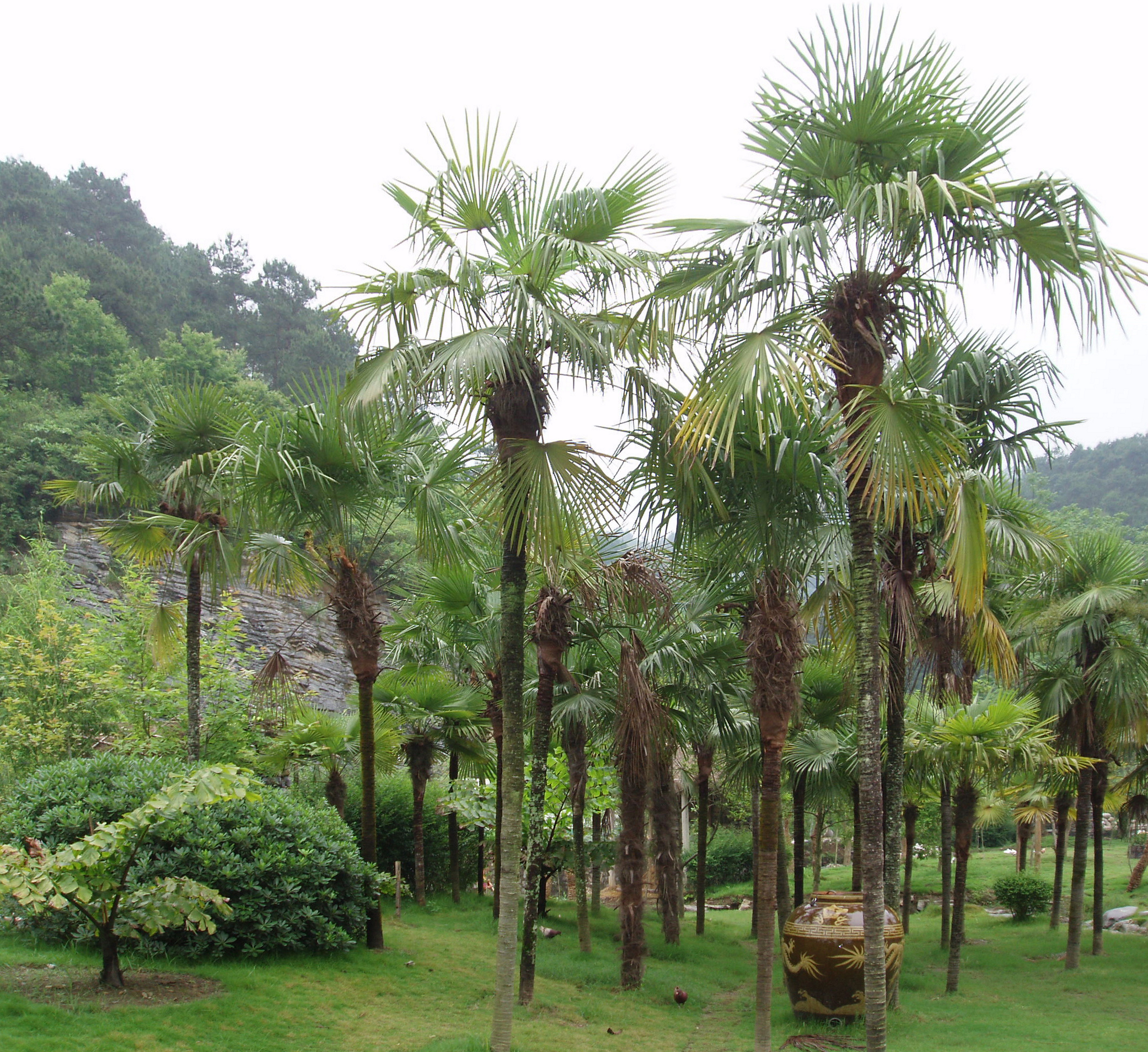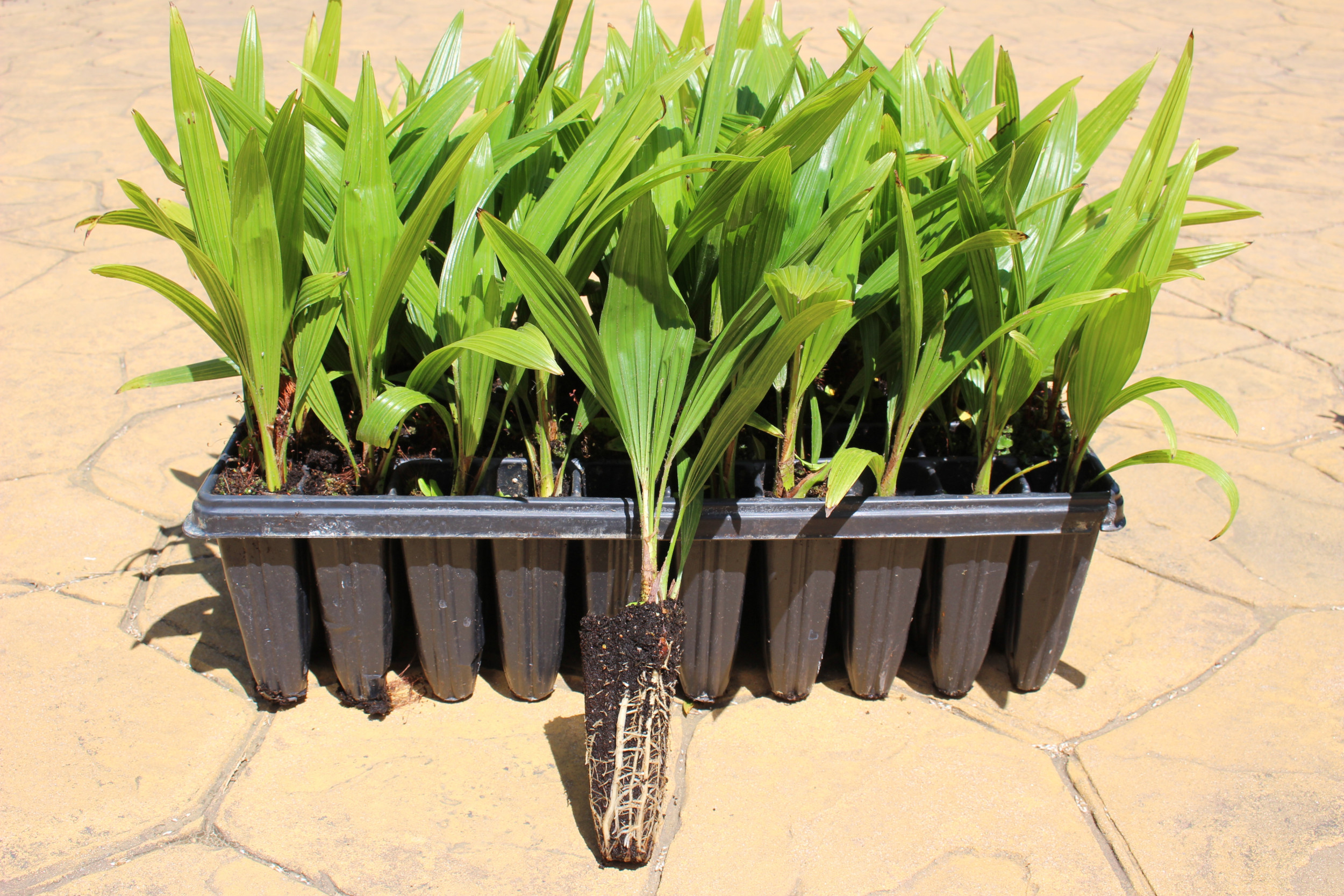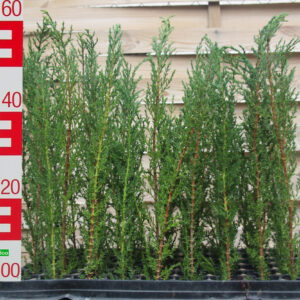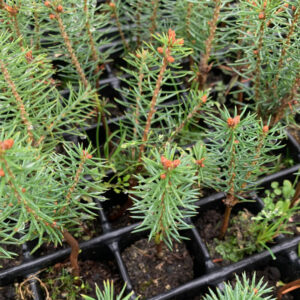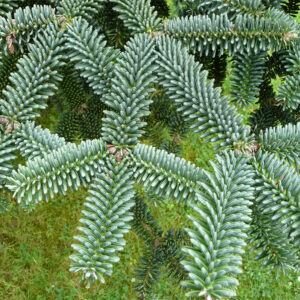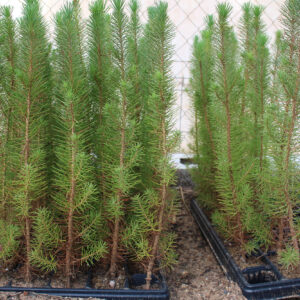Trachycarpus Fortunei – Windmill Palm
2,49 €
Trachycarpus Fortunei young plants, 30 cm
Out of stock
Description
Exploring the Grace and Resilience of Trachycarpus fortunei: The Windmill Palm
Trachycarpus fortunei, commonly known as the Windmill Palm, is a remarkable evergreen palm tree admired for its hardiness and distinctive appearance. Native to the temperate and subtropical mountainous regions of China, Japan, Myanmar, and northern India, this palm is a testament to nature’s adaptability and elegance.
Botanical Characteristics: Trachycarpus fortunei typically reaches heights of 12 to 20 meters (40 to 66 feet) with a slender trunk covered in a dense layer of fibrous, brown, hairy material. The palm’s fan-shaped leaves, spanning up to 90 centimeters (3 feet) in diameter, are supported by long, thin petioles. The leaves are divided into numerous stiff segments that form a characteristic windmill-like shape, lending the tree its common name.
Adaptability and Hardiness: One of the most notable features of Trachycarpus fortunei is its remarkable cold hardiness. Unlike most palms that thrive in tropical climates, the Windmill Palm can withstand temperatures as low as -15°C (5°F). This resilience makes it a popular choice for gardeners and landscapers in temperate regions across the globe. Additionally, it can adapt to a wide range of soil types, provided they are well-draining, and can tolerate both full sun and partial shade.
Historical and Cultural Significance: The Windmill Palm has a rich history intertwined with botanical exploration. It was named after the Scottish botanist Robert Fortune, who introduced it to Europe in the mid-19th century. In its native regions, the palm has been used traditionally for its strong, fibrous material, which is employed in making ropes, mats, and other handicrafts. Its graceful appearance and adaptability have made it a symbol of resilience and elegance in many cultures.
Cultivation and Care: Cultivating Trachycarpus fortunei is relatively straightforward, contributing to its popularity in ornamental gardening. The palm prefers well-drained soil and benefits from regular watering, especially during dry periods. While it can tolerate a range of light conditions, optimal growth occurs in full sun to partial shade. Fertilizing the palm with a balanced, slow-release fertilizer in the spring can enhance its growth and vitality.
Landscaping Uses: The Windmill Palm is a versatile addition to various landscaping designs. Its distinctive appearance makes it a focal point in gardens, parks, and urban settings. It can be planted as a solitary specimen or in groups to create a tropical or exotic ambiance. The palm’s trunk can be left naturally hairy or stripped to reveal a smoother surface, depending on the desired aesthetic.
Propagation: Propagation of Trachycarpus fortunei is primarily achieved through seeds. Seeds should be sown in well-draining soil and kept moist until germination, which can take several weeks to months. The seedlings grow slowly but steadily, eventually developing into robust palms that can be transplanted to their permanent location.
Pest and Disease Management: While generally hardy, the Windmill Palm can be susceptible to certain pests and diseases. Common issues include scale insects, spider mites, and fungal infections such as leaf spot and root rot. Regular inspection and appropriate treatments, including insecticidal soaps or fungicides, can help maintain the health of the palm.
Trachycarpus fortunei, the Windmill Palm, stands out as a symbol of resilience and elegance in the plant kingdom. Its ability to thrive in cooler climates and varied soil conditions, combined with its striking appearance, makes it a cherished addition to gardens and landscapes worldwide. Whether used in formal settings or tropical-themed designs, the Windmill Palm continues to captivate with its unique charm and steadfast nature.
Scientific name: Trachycarpus Fortunei
Common Name: Chinese Windmill Palm, Chusan Palm
Origin: Spain
Growth height: Up to 20 meters
Plant size: 30 cm
Age: 3 years
Delivery form: balled plants
Additional information
| Weight | 0,3 kg |
|---|

